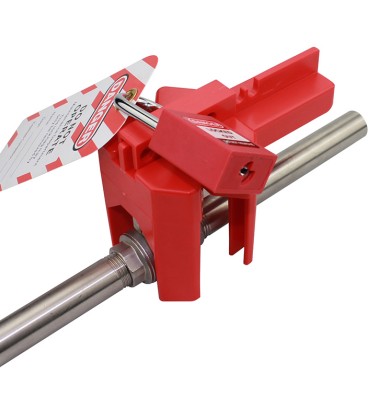Lockout/tagout is a good example of traditional workplace safety actions: identify hazards, develop procedures and train workers to follow the procedures to avoid exposure to hazards. This is a good, clean solution, and it has proven to be very effective. There is only one problem-it is only effective when all employees strictly abide by the procedures. However, you can design the most elegant and precise program in the world, but workers will still be unable to follow it for various reasons. In rare cases, programs like LOTO will be ignored because they are blatantly ignored. More often, the rules are inadvertently violated. People temporarily forget because they are tired, complacent, or rushed.
Lockout/tagout rules are not new, and the standards for controlling hazardous energy have remained fairly consistent over a long period of time. But in the past two decades—as long as I work in the security industry—this issue has been one of OSHA’s 10 most cited violations. Therefore, in addition to the employee’s compliance with the procedures, perhaps the process letter also needs to follow the employee’s behavior. The rules governing lockout/listing are reasonable, and there is no need to reinvent the wheel. But something is still needed. I would like to suggest that regulators are the key to reliable management of lockout/tagout.
It would be great if every security professional could develop procedures, training plans, and systems that would take into account all unique combinations of equipment, personnel, human factors, and situations that occur on any given day without having to permanently lock the entire plant. Up. However, unless you can squeeze more than ten hours a day, this is not a realistic choice.
On the contrary, security managers need to supplement their standard plans with on-site dynamic support to fill the inevitable gaps in variability-which means they need to authorize supervisors to deal with LOTO issues that are spreading on the edge.

Post time: Aug-21-2021






